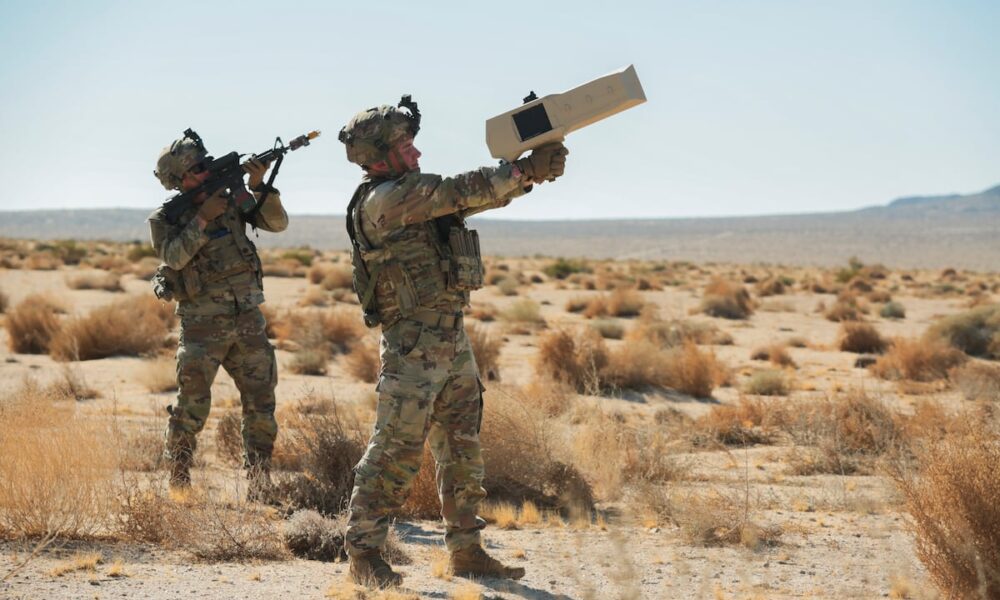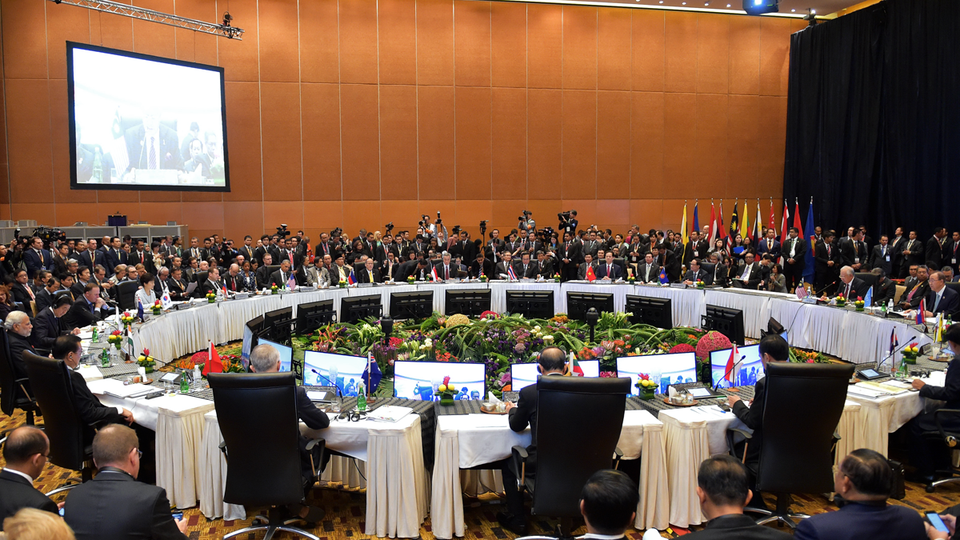The U.S. Army is evaluating the potential creation of a specialized counter-drone Military Occupational Specialty (MOS) in response to the increasing threat posed by unmanned aerial systems (UAS). This consideration comes as military officials debate whether counter-drone skills should be integrated across all soldiers or assigned to dedicated specialists.
Capt. Peter Clifton, commander of the 110th Intelligence and Electronic Warfare Battalion, argues for establishing a specific C-UAS MOS. In his September essay for the Army’s *Air Defense Artillery Journal*, he emphasized that dedicated C-UAS personnel would enhance defensive operations by protecting maneuver formations from enemy UAS and intelligence, surveillance, and reconnaissance (ISR) assets. Clifton noted, “This will allow friendly formations to retain freedom of maneuver on the battlefield and prevent enemy UAS assets from detecting and reporting friendly positions.”
Current Training Lacks Focus on Counter-Drone Operations
According to Clifton, existing counter-drone training is too generalized. He described the Joint C-UAS course as often being an afterthought that distracts soldiers from their primary responsibilities. While deployed units may receive anti-drone jammers and other equipment, the expectation for personnel to manage these alongside their traditional combat duties can hinder overall mission effectiveness. Clifton warned that “adding additional duties to a squad member in an already over-tasked squad will severely degrade mission command from the company commander to the team leader.”
The Army has acknowledged the need for improvement in counter-drone training. A recent report by the Center for Army Lessons Learned highlighted significant shortcomings during exercises at the National Training Center. The report indicated that current training environments prioritize maneuver and combined arms tactics, relegating C-UAS training to a secondary role. “The current training environment nearly always prioritizes maneuver, intelligence, and combined arms tactics,” the report stated, emphasizing that C-UAS training often only gains attention in response to critical incidents, such as drone swarms over battalion headquarters.
Potential Benefits and Challenges of a C-UAS MOS
Research from the Center for Strategic and International Security suggests that establishing a C-UAS MOS could lead to better integration of counter-drone capabilities within maneuver forces. This approach would allow for more focused training that can be continuously updated to adapt to evolving threats. However, the introduction of a C-UAS MOS may also present challenges, including the need for increased time and resources for training. Experts caution that this could lead to slower response times, as only authorized C-UAS operators would be able to counter threats.
Interestingly, Clifton posited that a dedicated counter-drone career field might also serve as a recruitment tool. He noted that attracting candidates who are familiar with technology and gaming could streamline training processes. “Recruits already predisposed to systems like the Xbox controller will lower the learning curve and make their training faster and more cost effective,” he stated.
As the U.S. Army continues to confront the challenges posed by drones, the decision to create a specialized C-UAS MOS could play a crucial role in shaping its operational strategy and enhancing battlefield effectiveness.







